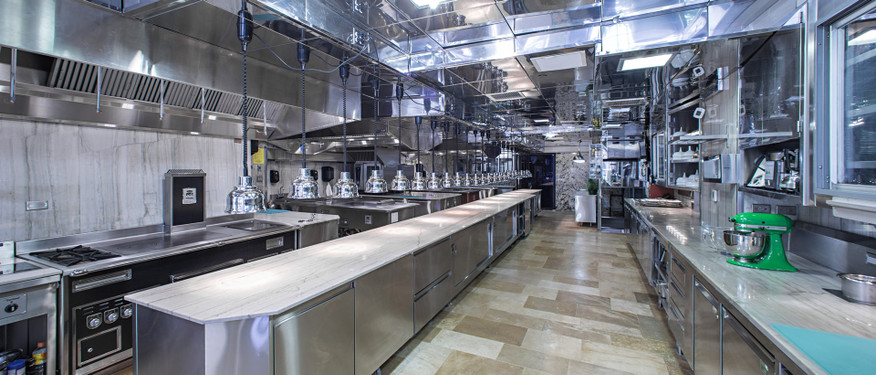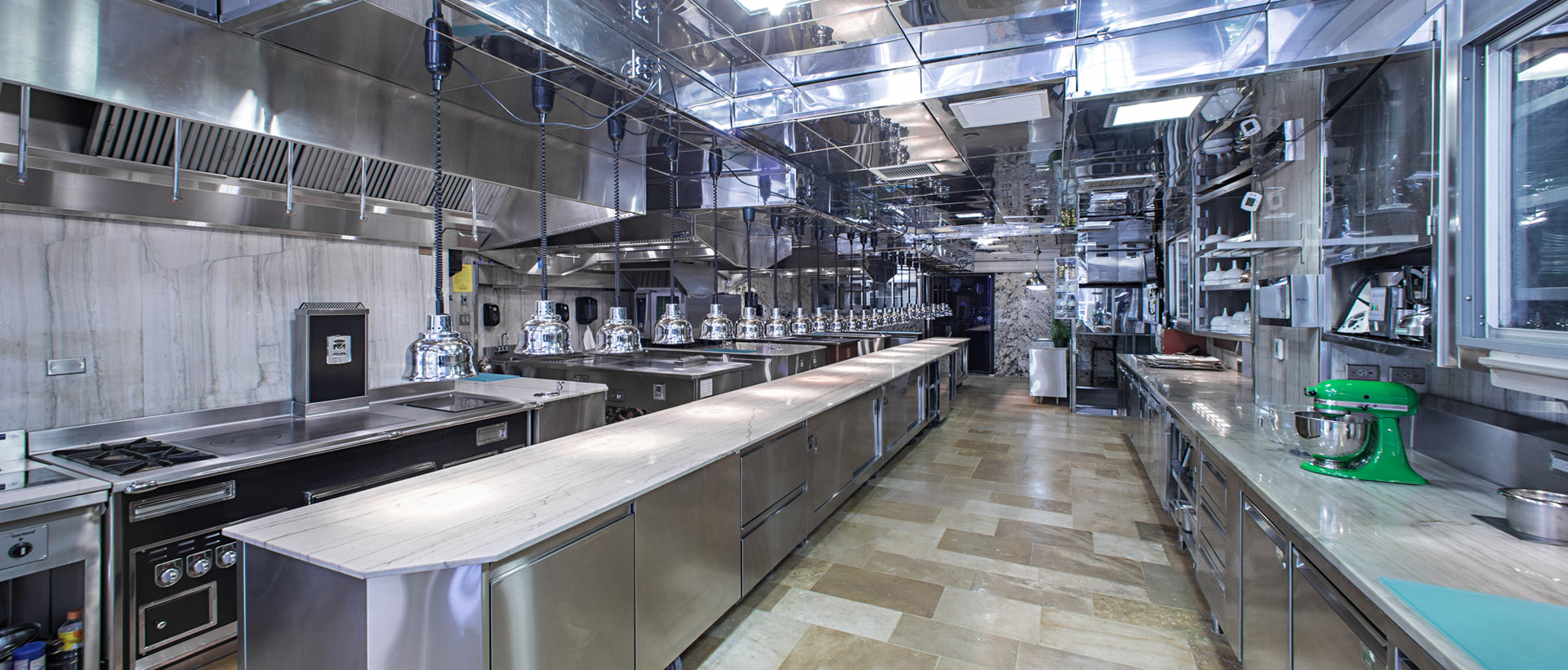Dec 8th 2017 - Guest
Introduction to Energy Star For Commercial Kitchen Equipment - Part 1
You may have seen the ENERGY STAR® logo on commercial kitchen equipment and not be sure exactly what the name implies. There following four descriptions will clarify the program for you.
ENERGY STAR® is:
The U.S. Environmental Protection Agency (EPA) climate protection partnership
ENERGY STAR® is a U.S. Environmental Protection Agency (EPA) program that helps save money and protects our environment through energy efficient products and practices. The voluntary program was started in 1992 as a way to decrease the energy drain from computers. It now covers more than fifty product categories in an ongoing effort to promote energy conservation.
A strategic approach to energy management, promoting energy efficient practices and products
The program’s purpose is to conserve energy through innovations in technology. Manufacturers must spend money to research and develop energy innovations, so the price of converting to Energy Star® products can be high at the outset. But the cost can be recouped over time with lower utility bills. Also, the federal government, as well as some local governments, offer rebates and tax breaks to encourage conversion to Energy Star®.
Tools and resources to protect the environment and help save money
With the realization that not everyone has the time to investigate how much energy one commercial appliance saves over another, Energy Star® provides consumers with objective information about products. For example, research indicates that restaurants, or facilities with commercial kitchens, are one of the highest energy consumers, using approximately 250,000 Btu/sq. ft. (roughly two and a half times more energy per square foot) than other commercial buildings. In addition, high-volume quick-service restaurants (QSRs) may use up to ten times more energy per square foot than other commercial buildings. A restaurant can increase profits by thirty-three percent with a reduction of twenty percent in energy operating costs.
Plus, as energy costs increase, investing in energy efficiency protects against rising prices.
An influential brand recognized by over eighty-five percent of Americans
The Energy Star® label indicates that the product uses less energy than other products in that category. The label is found on appliances, heating and cooling equipment, roofing materials, commercial products, and indoor air quality products.
Commercial food service products in eight categories may earn the ENERGY STAR®:
- Ovens
- Fryers
- Hot food holding cabinets
- Refrigerators and freezers
- Steam cookers
- Griddles
- Dishwashers
- Ice machines
Some states also offer rebates for energy efficient cooking equipment like combination and convection ovens. Qualified products can save up to as much as fifty percent over their conventional counterparts.
Certified equipment models contribute to a cleaner environment by using less energy and less water than conventional commercial food service product (CFS) models. You can maximize your savings potential by choosing ENERGY STAR® when replacing your appliances. Since most commercial kitchen equipment lasts eight years or more, that is more than enough time to recoup the expense.
Your restaurant’s profit is typically only three to nine percent of total revenue. Using ENERGY STAR® cost-effective recommendations to invest in energy efficiency can give you up to a thirty percent return. Research has also revealed increases in customer comfort (lighting and temperature), repeat business, and increased employee productivity. ENERGY STAR® definitely impacts your business in an extremely profitable way!
Read our energy star guide at energy-star-rebates-and-incentives


